Among the most dangerous places to drive is through an intersection. Even when lights control who stops and who proceeds, the design of the intersection may result in a catastrophic wreck when someone makes a mistake. Accidents between cars in traditional intersections are frequently T-bones or head-on collisions, and these often mean devastating injuries and even death for the drivers and passengers involved.
Recently, Louisiana has been replacing dangerous intersections with roundabouts in an effort to lessen traffic congestion and reduce the number and severity of accidents. However, roundabouts are confusing for many drivers, and there is still the opportunity for accidents and injuries when municipalities opt for these interchanges.
Roundabout basics
Roundabouts can be very simple, with three or four side avenues filtering into a single circular route. Larger, more complex thoroughfares may require multiple lanes. Additionally, roundabouts are not always uniform regarding who has the right-of-way, although a well-designed roundabout gives the right-of-way to the traffic already moving in the circle and those entering the circle on your left.
When approaching a roundabout, you will likely notice a sign warning you of the circuitous intersection ahead. This should give you and other drivers the time to slow down and prepare to enter the circle. While some drivers may see the roundabout as a miniature race course, your speed should not exceed 15 or 20 mph. Some tips to remember when using a roundabout include the following:
- Give pedestrians the right of way.
- Yield to all traffic in the circle, even traffic that may not be in your lane, but continue into the circle when there is no traffic.
- Keep your speed slow and steady so you can exit the roundabout easily.
- Choose your lane and stay there to avoid sideswiping other vehicles. There is no passing allowed in a roundabout.
- Signal when you are ready to exit.
Stopping or pulling over inside the circle is dangerous, and safety experts recommend that you continue driving even if an emergency vehicle enters the roundabout. Simply take your chosen exit and pull over then, if necessary. Of course, if pedestrians are crossing, they always have the right-of-way.
Drivers who are not familiar with the science of a roundabout may fail to slow down or keep their lanes. They may enter the roundabout in the path of another vehicle believing they have the right-of-way or that the other car should move over as they do when you merge on the interstate. While the hope is that accidents in a roundabout may not have the catastrophic results of a crash at a traditional intersection, you may still suffer serious injuries and need the assistance of medical and legal professionals.

